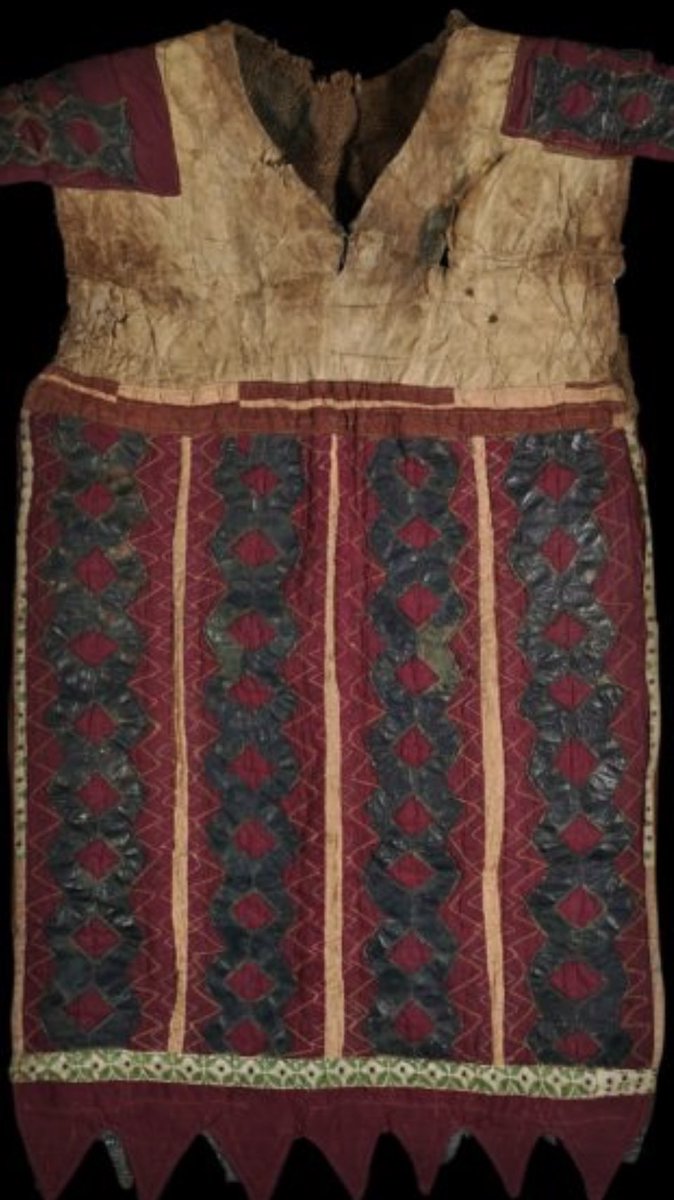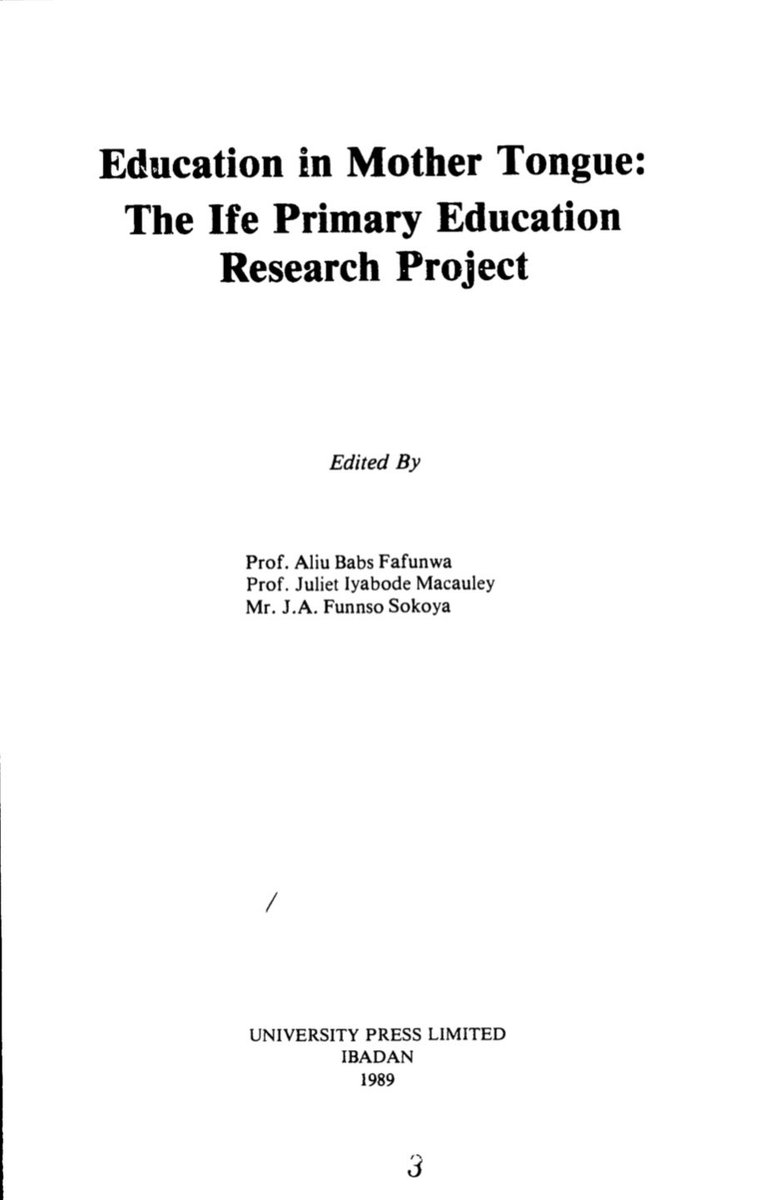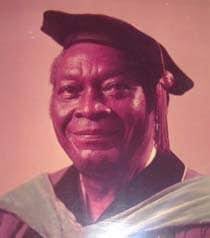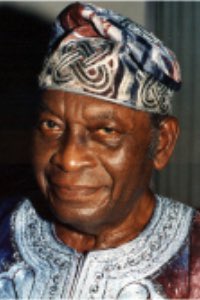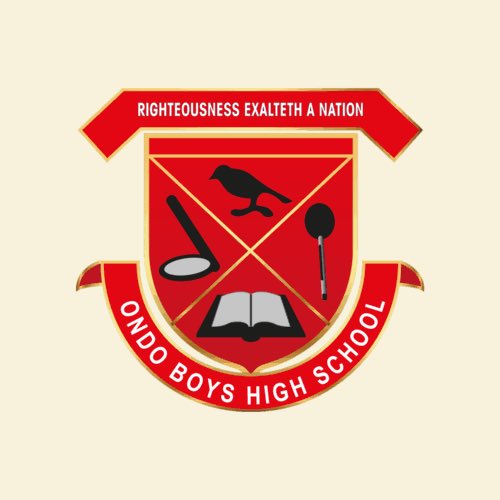
In 1854 Chief Ogunbona, Balogun of Ikija, generalissimo of the Egba & patron of the Christian mission threw a European style dinner party for all the Europeans & missionaries in Abeokuta.
It was to settle some very difficult problems between Christians & traditionalists.
It was to settle some very difficult problems between Christians & traditionalists.

In 1854, Christianity was just about a decade among the Egba, so there was still issues.
The following are two accounts by two of the invitees, one focusing on the setting and the other Ogunbona’ speech.
As found in Religious Encounter & the Making of the Yoruba, By J.D.Y Peel.
The following are two accounts by two of the invitees, one focusing on the setting and the other Ogunbona’ speech.
As found in Religious Encounter & the Making of the Yoruba, By J.D.Y Peel.
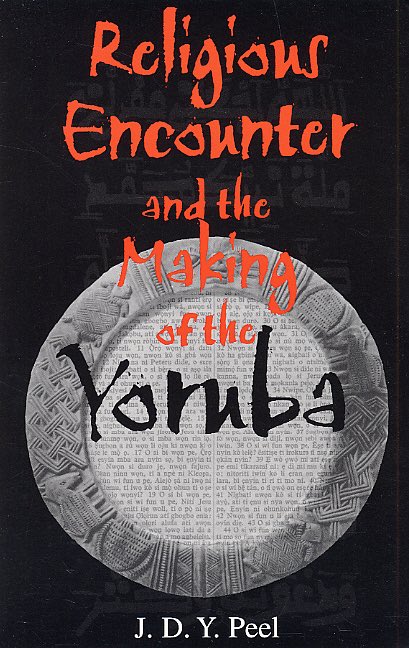
1.
Thirteen sat down to table, Ogunbona* being flanked by Chief Sagbua & Basorun Somoye** on one side, and Mrs Townsend, to carve the meat, on the other; and the meal was witnessed by thirteen friends and retainers of each chief.
Thirteen sat down to table, Ogunbona* being flanked by Chief Sagbua & Basorun Somoye** on one side, and Mrs Townsend, to carve the meat, on the other; and the meal was witnessed by thirteen friends and retainers of each chief.
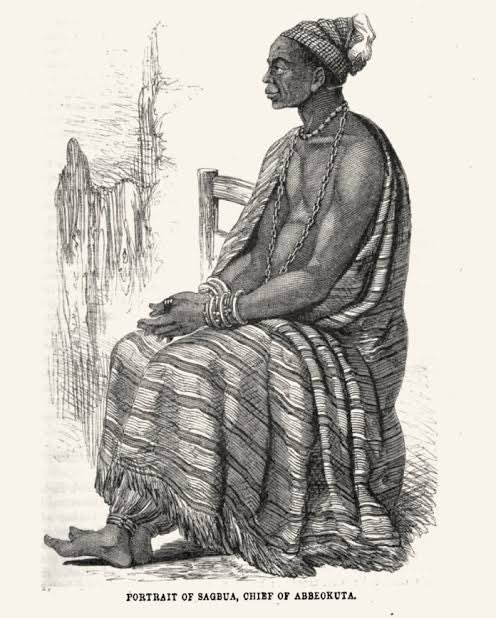
The mission's cook had been lent for the occasion. The table groaned under a great weight of crockery, set out to make a display.
After the main course, Ogunbona served to his fellow chiefs the foreign delicacies of sugar and pickle, to take from the palms of their hands.
After the main course, Ogunbona served to his fellow chiefs the foreign delicacies of sugar and pickle, to take from the palms of their hands.
The occasion was a great success, and Crowther said a blessing at the end.—Rev Henry Townsend, invitee. 

2.
“He says there should be no more molestation of Christians or interference with funerals*** and that no one should call the religion "abukon" (disgrace). If they say this, people are reproaching chiefs such as Sokenu, Basorun, Sagbua and himself,
“He says there should be no more molestation of Christians or interference with funerals*** and that no one should call the religion "abukon" (disgrace). If they say this, people are reproaching chiefs such as Sokenu, Basorun, Sagbua and himself,
"because many of their children and wives are book people."
"Looking at the chiefs sitting there with their state umbrellas, he asks if it is a disgrace to so sit in the assembly?
"Looking at the chiefs sitting there with their state umbrellas, he asks if it is a disgrace to so sit in the assembly?
"Having frankly declared himself as a book man, he then asks the other senior chiefs if they are not so also too? They reply affirmatively. He was scarcely ever seen so highly gratified as on that occasion."—Tom King, an Egba man, invitee.
Notes:
*Chief Ogunbona was particularly forward looking in the development of cash crops for trade. He experimented with ginger, arrowroot & cotton, becoming one of the largest producers.
He was first to erect a story building in Egba, hence the sobriquet Ogunbona Agboketoyinbo!
*Chief Ogunbona was particularly forward looking in the development of cash crops for trade. He experimented with ginger, arrowroot & cotton, becoming one of the largest producers.
He was first to erect a story building in Egba, hence the sobriquet Ogunbona Agboketoyinbo!
**Ogunbona, Sagbua and Somoye formed the civic triumvirate that ruled Abeokuta for sometime after the death of Sodeke. That same year, 1954, they decided to chose an Oba, and Okukenu Sagbua head of the Ogboni, became the first Alake.
*** The reference to funerals in Ogunbona’s speech points to a particular sore point between the Christian’s and the traditionalists who abhorred the Christian practice of burials in the cemetery.
Burial in a box, away from home separated the dead from the living was unkind.
Burial in a box, away from home separated the dead from the living was unkind.
Things had apparently come to a head when a particular Christian convert’s body, a high chief, was hijacked by the Ogboni and later forcefully repossessed by the Christians.
It was after this incident that the truce referred to was reached.
It was after this incident that the truce referred to was reached.
*Correction: Chief Sagbua became the first Alake in 1854. Certainly not 1954.
• • •
Missing some Tweet in this thread? You can try to
force a refresh







